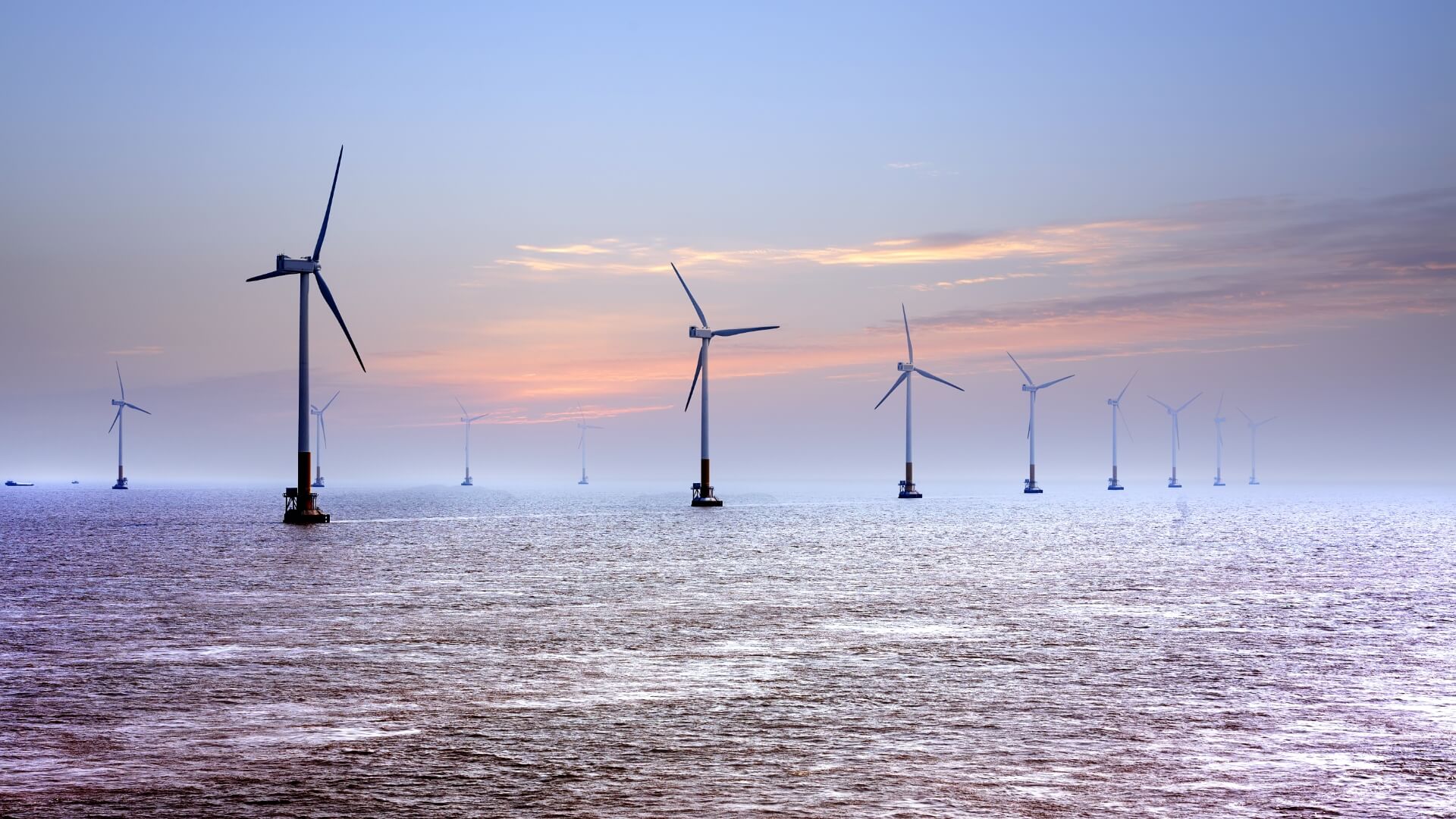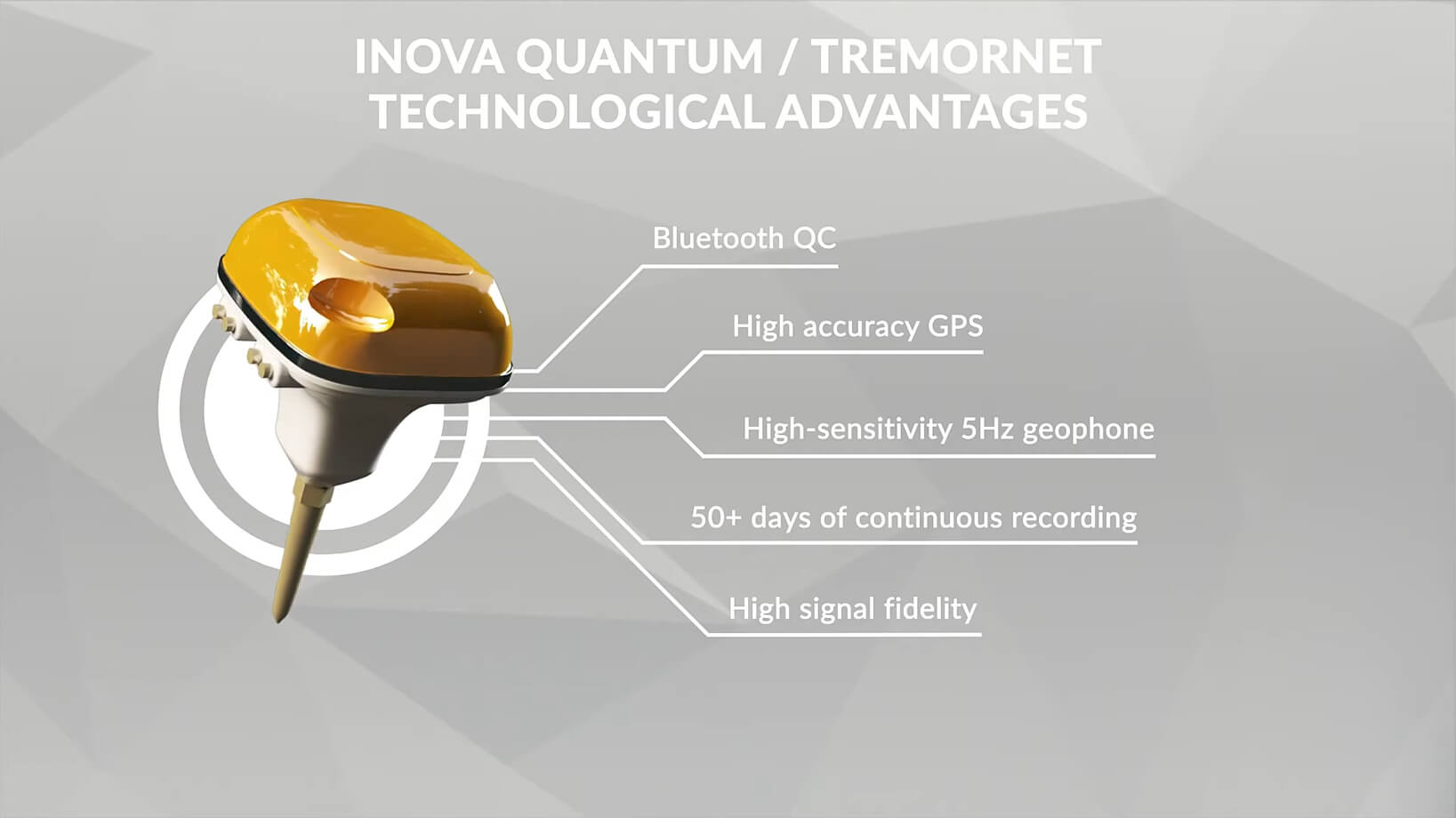Energia Farm Wiatrowych
Wiatr to czyste, nieograniczone i efektywne odnawialne źródło energii
Pozyskanie energii z tego źródła jest szczególnie skuteczne na obszarach morskich, gdzie wiatr, ze względu na brak barier, osiąga wyższą średnią prędkość niż na lądzie. Aby wykorzystać to źródło energii w sposób najbardziej efektywny, coraz częściej farmy wiatrowe są osadzane na dnie morskim.
Instalacja morskich farm wiatrowych to złożona inwestycja. Największym problemem jest trwałe posadowienie turbin wiatrowych i podstacji na dnie morza. Polskie Morze Bałtyckie pokryte jest różnego rodzaju osadami, od iłów poprzez drobnoziarniste i grube piaski, po żwiry i kamienie, o miąższości osadów od 50 do 100 m. Z tego względu przed instalacją morskich farm wiatrowych, należy przeprowadzić ocenę miejsca jej posadowienia. Charakterystyka geologiczna i geotechniczna jest niezmiernie ważna przy projektowaniu fundamentów morskich turbin wiatrowych, gdyż instalacje takie bez uprzedniej inspekcji podłoża mogą zostać zniszczone lub uszkodzone przez procesy hydrodynamiczne, aktywowane działaniem wiatru i fal. Ocena geozagrożeń jest ważna również przy projektowaniu kabli podmorskich, służących do przesyłu energii elektrycznej.

